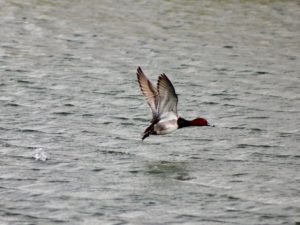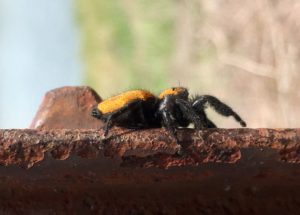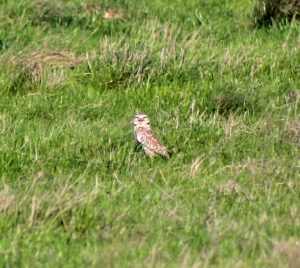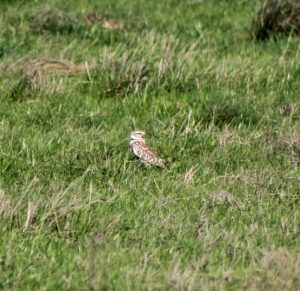Weeks 39 & 40:
Two weeks ago, I moved the cows between pastures for the first time, and luckily, the ladies were obliging that morning and followed the truck into the adjacent pasture for a cotton seed treat. This removed them from the PUB project area (see photo) in advance of a final application of Roundup, which should take place within the next week unless the weather temporarily foils our plans again. The wait between cattle removal and herbicide application, in conjunction with the warmer weather, is expected to allow johnsongrass (Sorghum halepense) and other fast-growing invasives a little time to sprout up so they can be most effectively removed by the subsequent chemical application. One week post-application, we plan to plant the native seed blend, depending on weather conditions, using a TPWD-provided seed drill that is designed to plant the “fluffy” seed of native grasses and forbs. I look forward to receiving instruction on its use and then proceeding with planting.
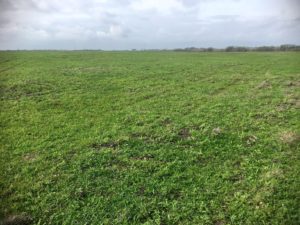
I also had my first experience using the disk under the guidance of one of the farm’s employees, Bobby. He and I were able to disk most of the Partners project’s fire break (see photo), though the soil of one area was still too wet and that section will have to be shredded instead. Everything is now in place for the burn, so we are just waiting on the right weather conditions, with specific attention placed on wind speed and direction, temperature, and humidity.
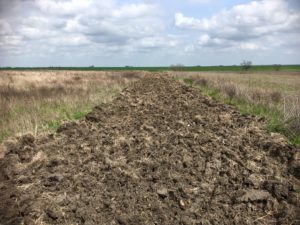
Last week, I received training on how to cut-stump mesquite, using a chainsaw to cut down a tree as close to the ground as possible and then immediately applying the recommended mix of triclopyr ester-based herbicide (in our case, Remedy Ultra) and diesel via a backpack sprayer to the surface of the remaining stump, ensuring that the root collar area, sides of the stump, and the cut surface, including the cambium, is completed coated so as to prevent resprouting. We will be cut-stumping trees in the LIP project area that were either outside the zone of the aerial spray or were only partially killed by the aerial spray (these trees were marked with orange spray paint prior to full leaf loss due to winter freezing).
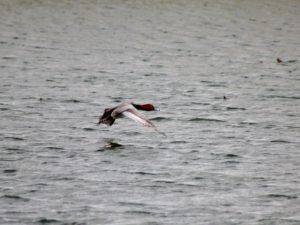
Recently, our farm intern, Randy, spotted an owl in an old culvert on property, so Dr. Tomeček and I visited the site and were able to confirm the presence of a burrowing owl (Athene cunicularia)! This is the second burrowing owl sighting on property, which is very exciting. Good spotting, Randy! I’ve also included a photo of a juvenile fulvous harvest mouse (Reithrodontomys fulvescens) that belonged to a litter sheltering under one of my coverboards, as well as an apache jumping spider (Phidippus apacheanus) who was hiding out in the casing brackets of a trail camera. Lastly, I spotted a flock of redheads (Aythya americana) visiting one of our ponds last Friday and managed to photograph this drake upon departure.
Until next time,
Dani Miller
Wildlife Biologist
Stiles Farm Foundation
Texas A&M AgriLife Extension


